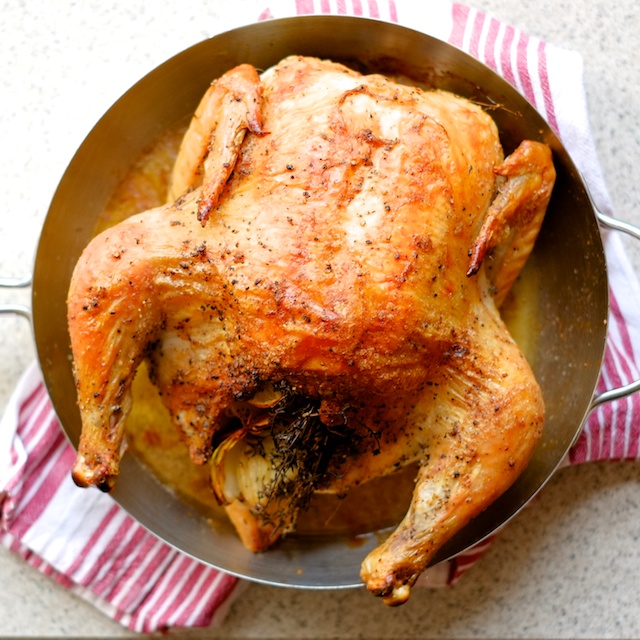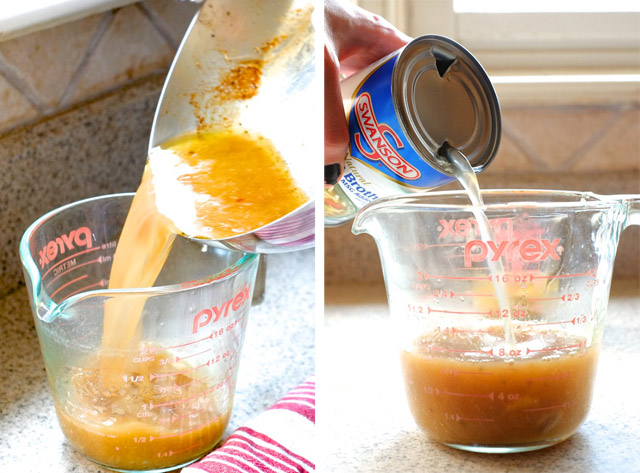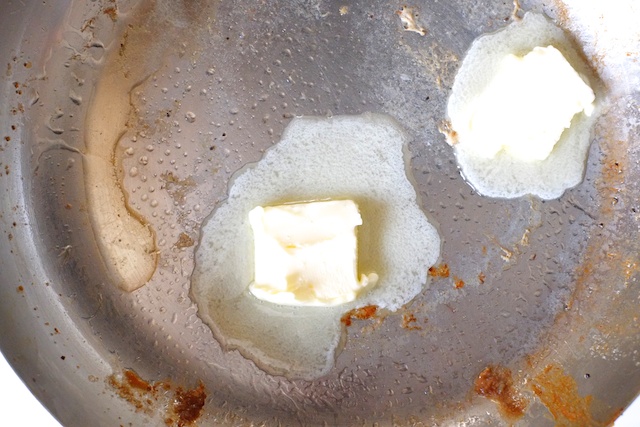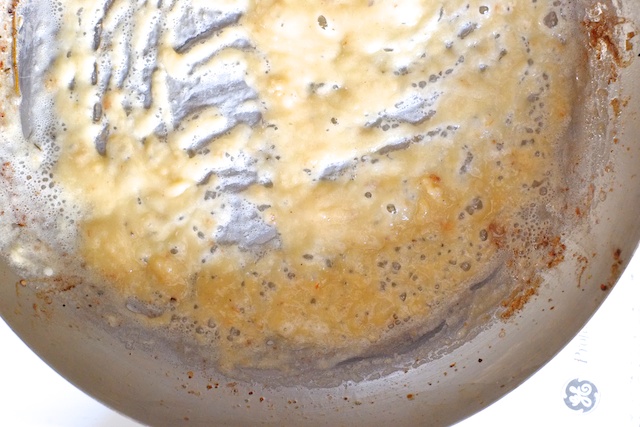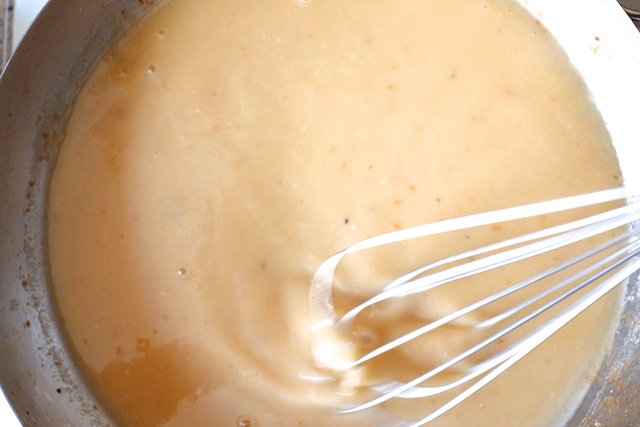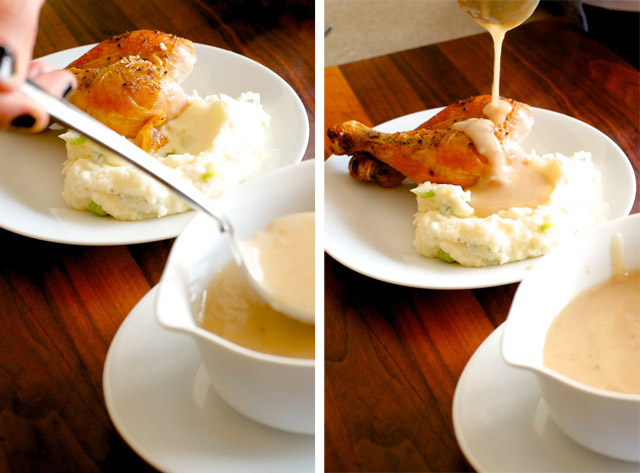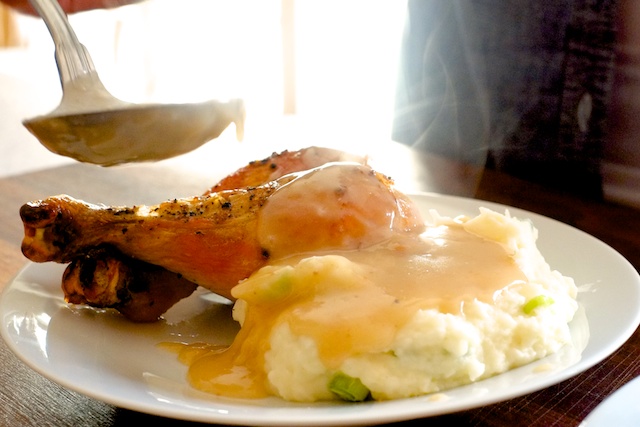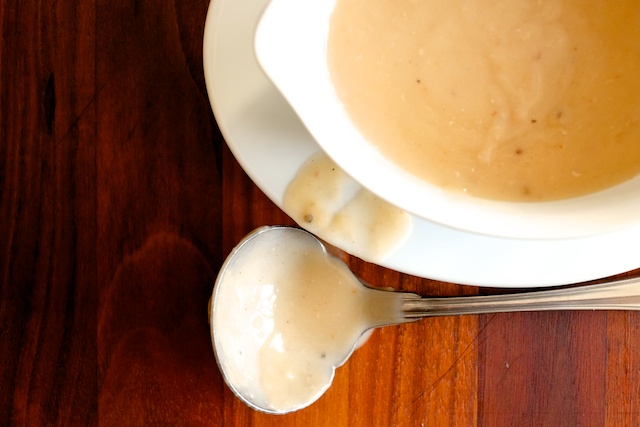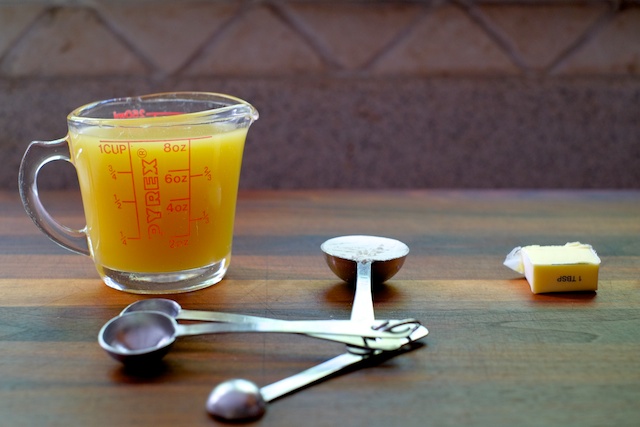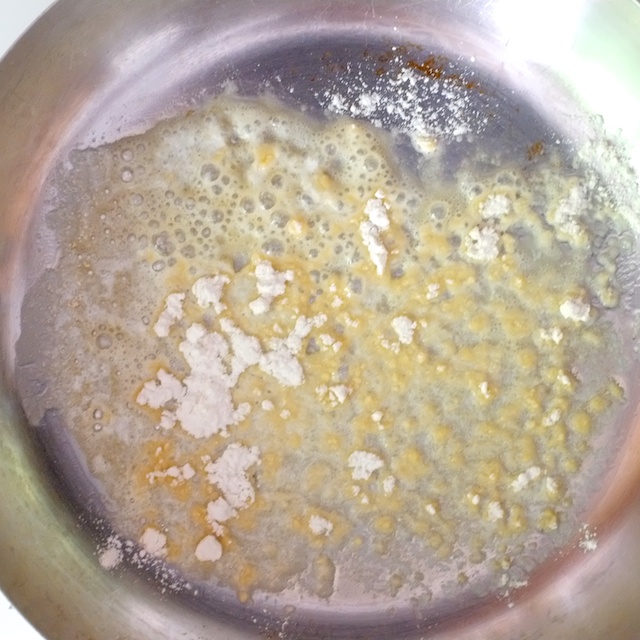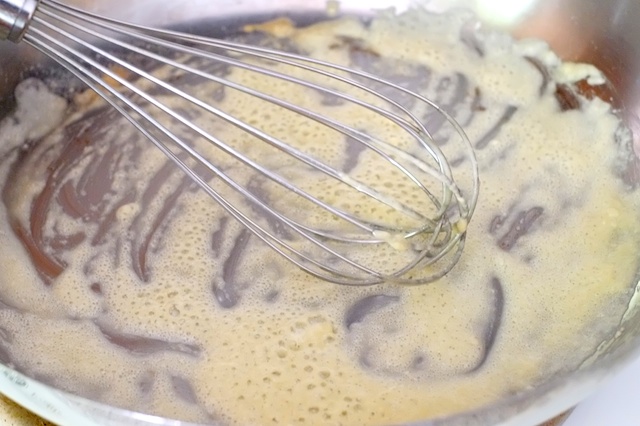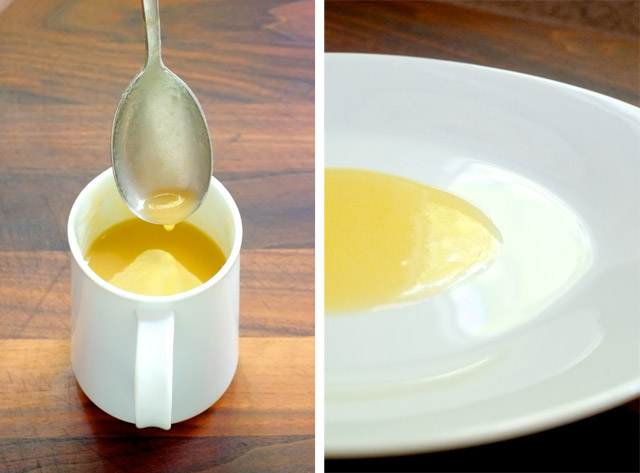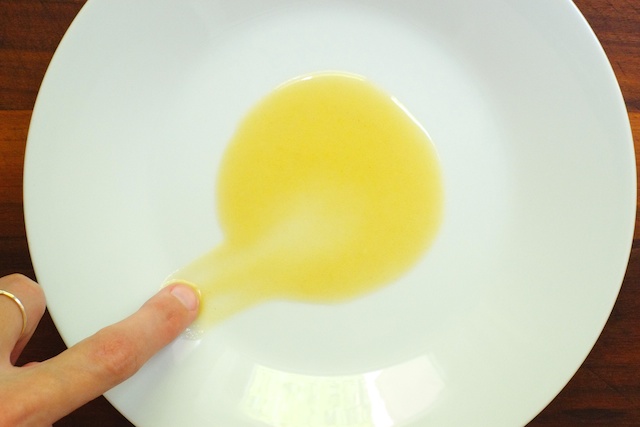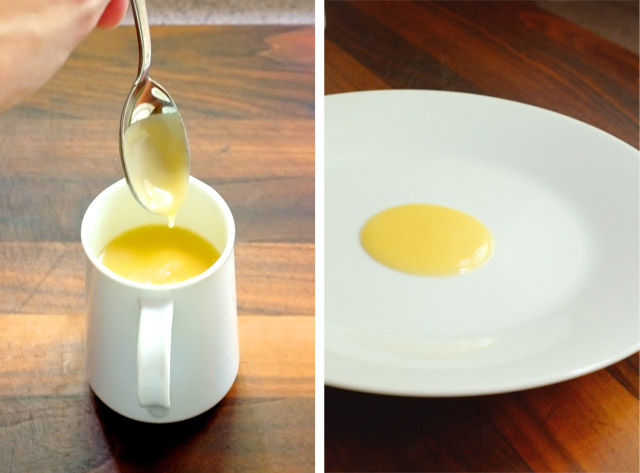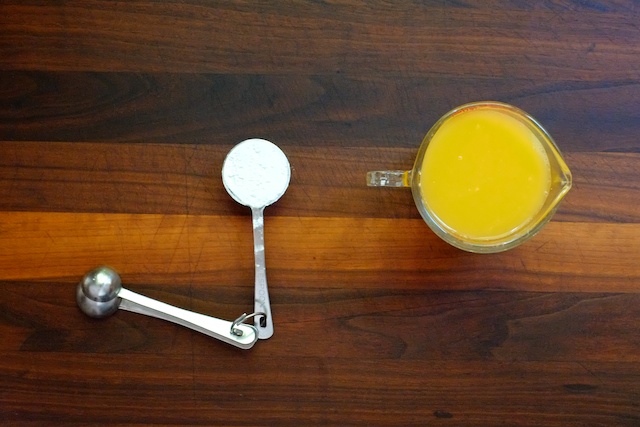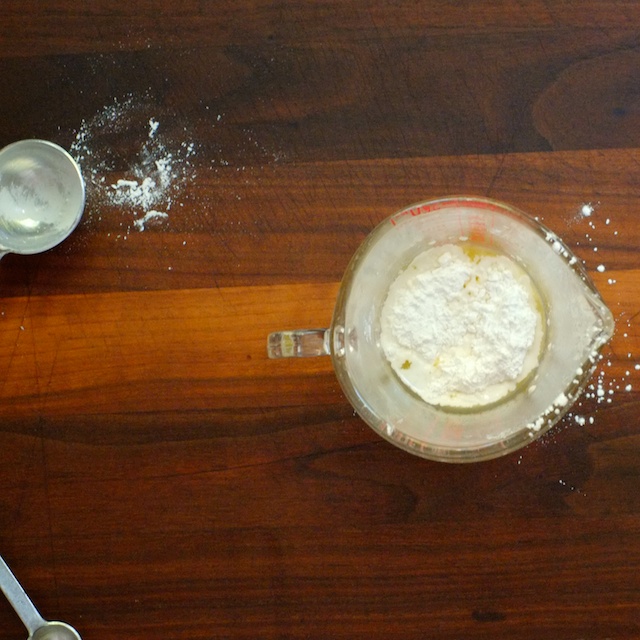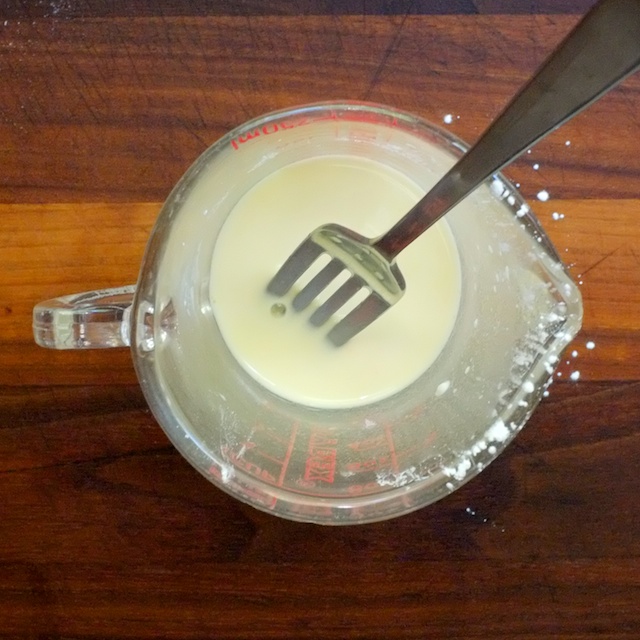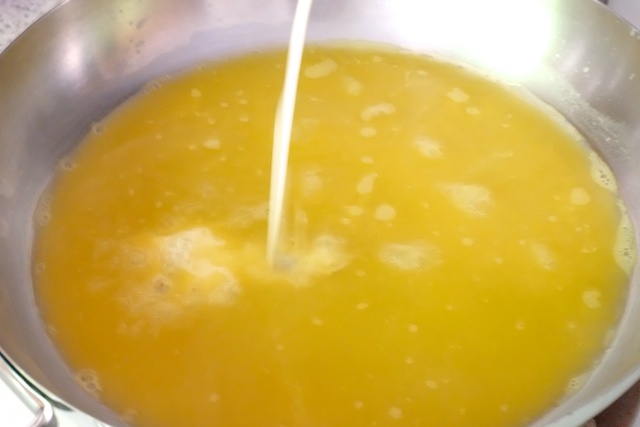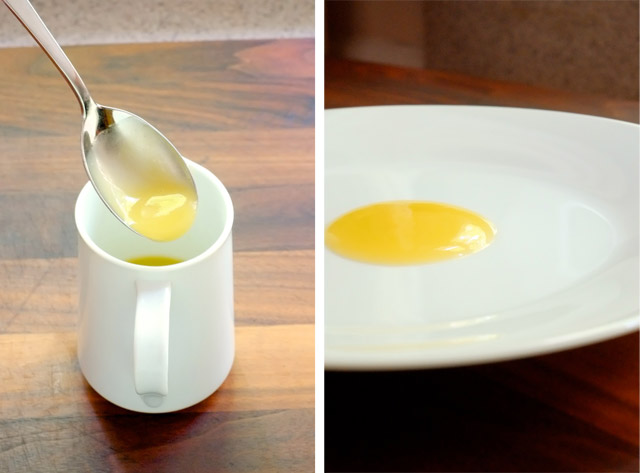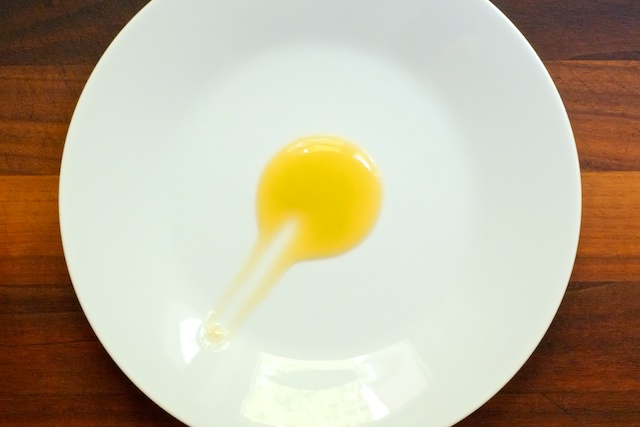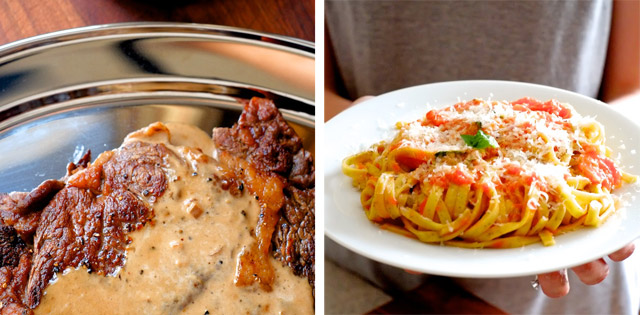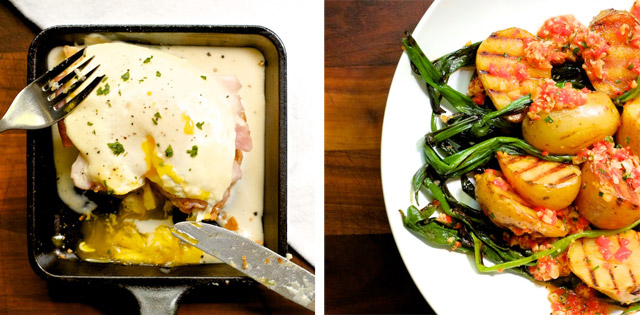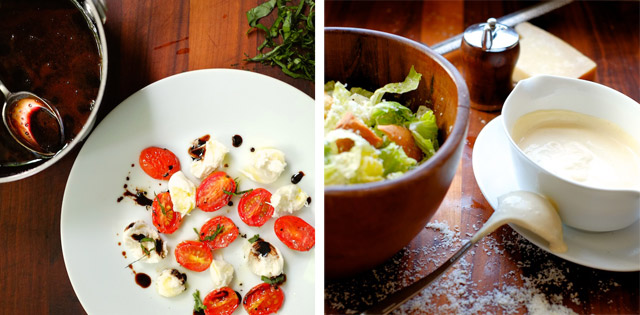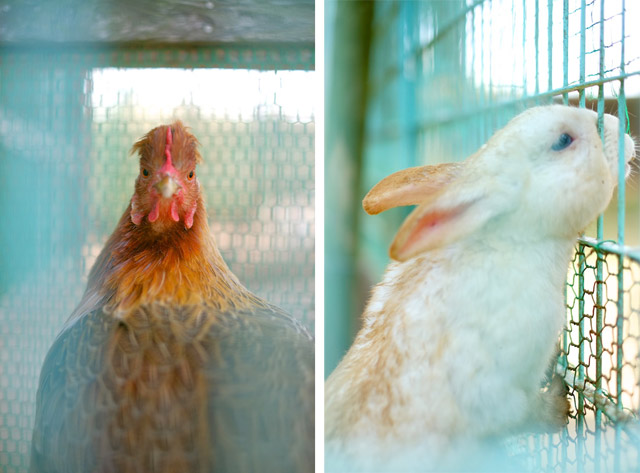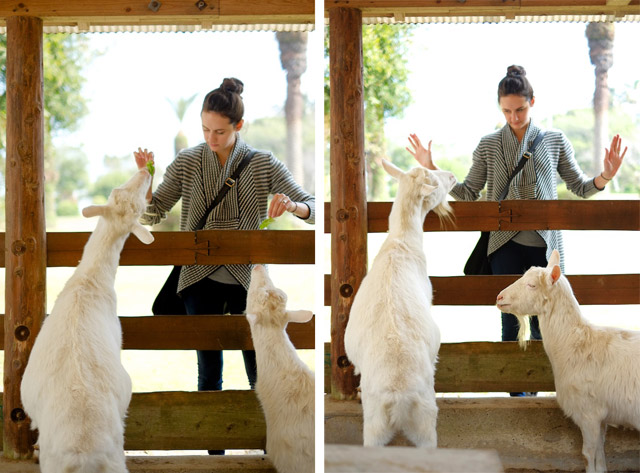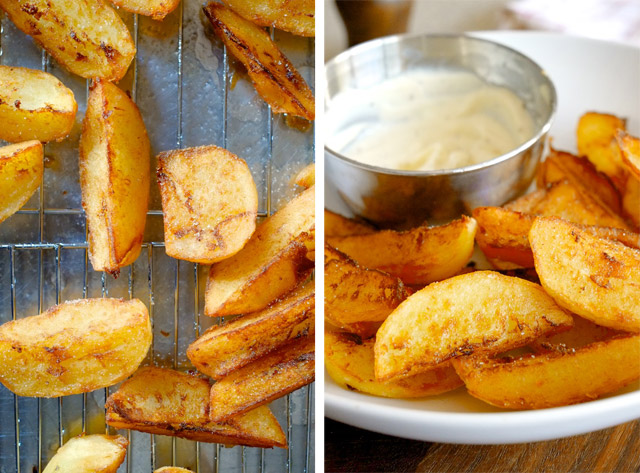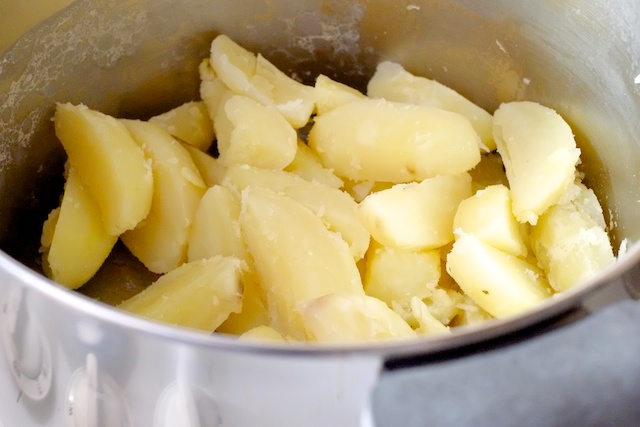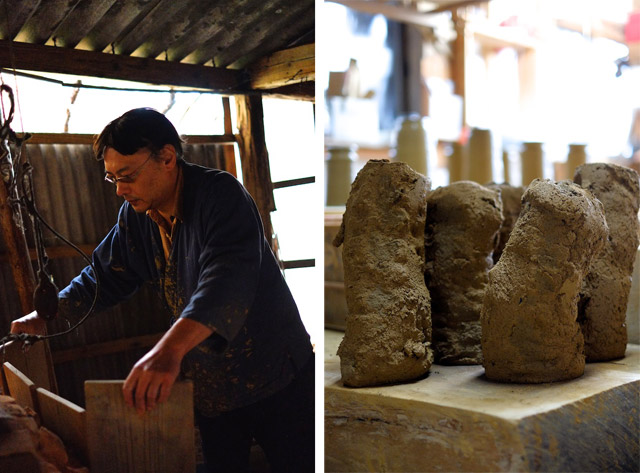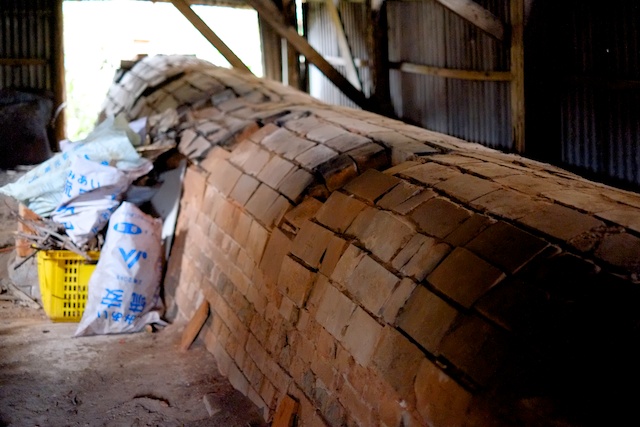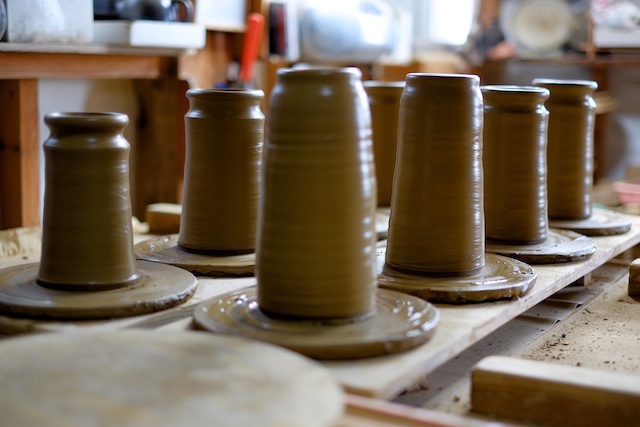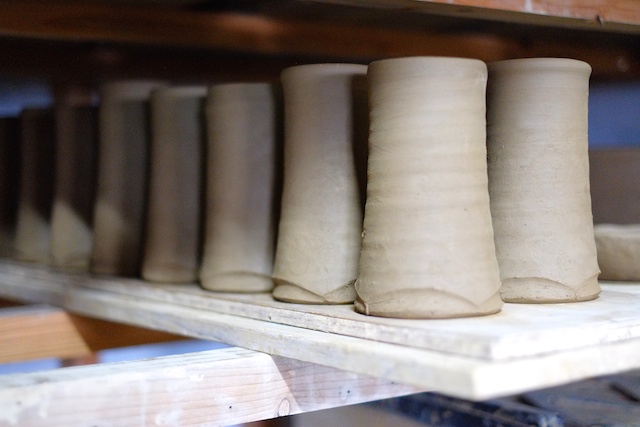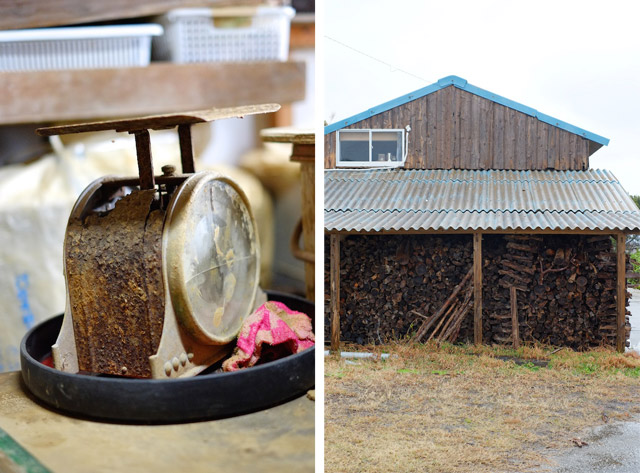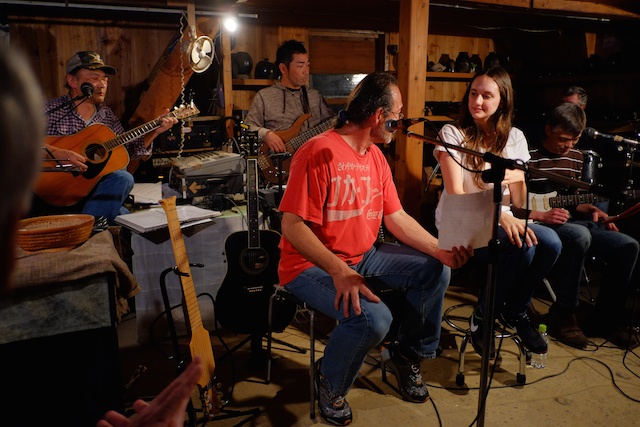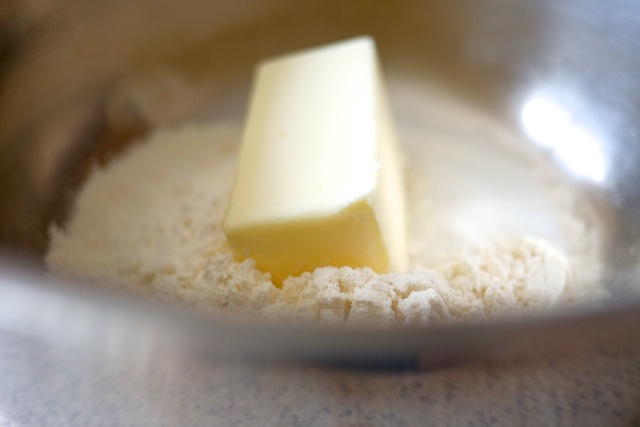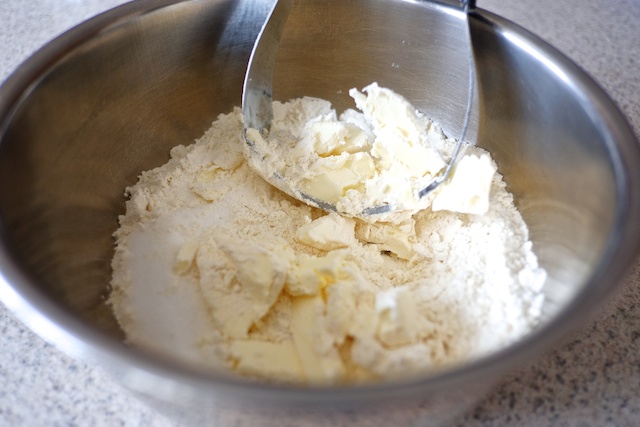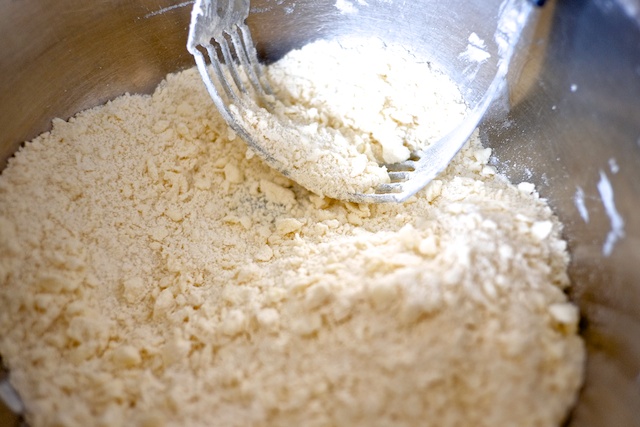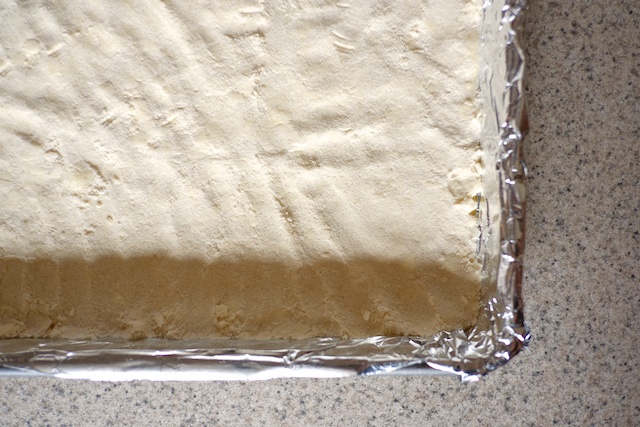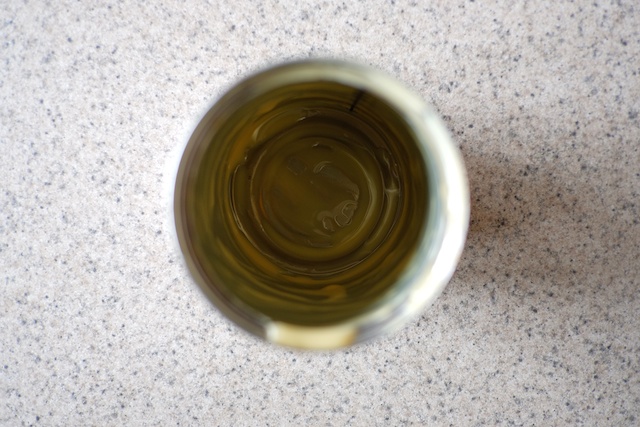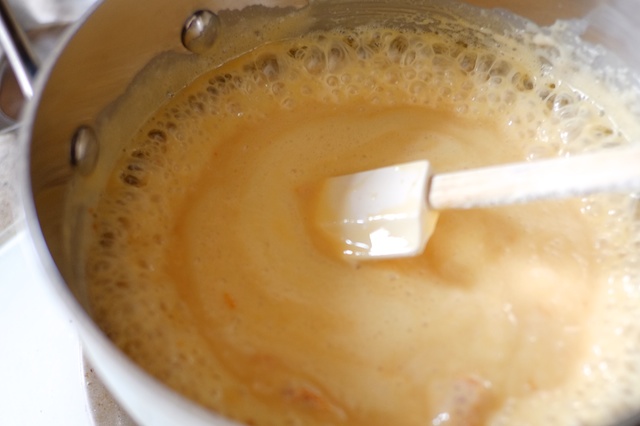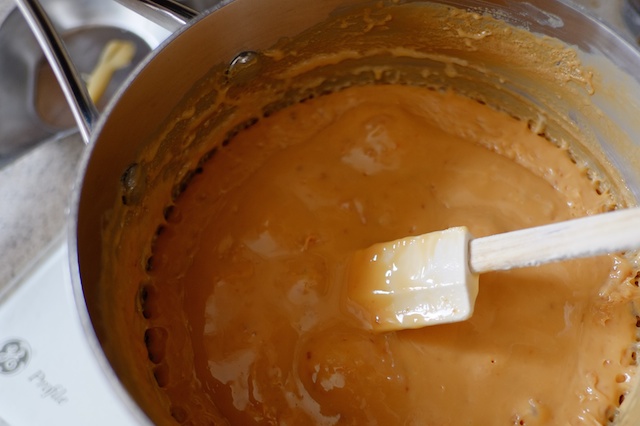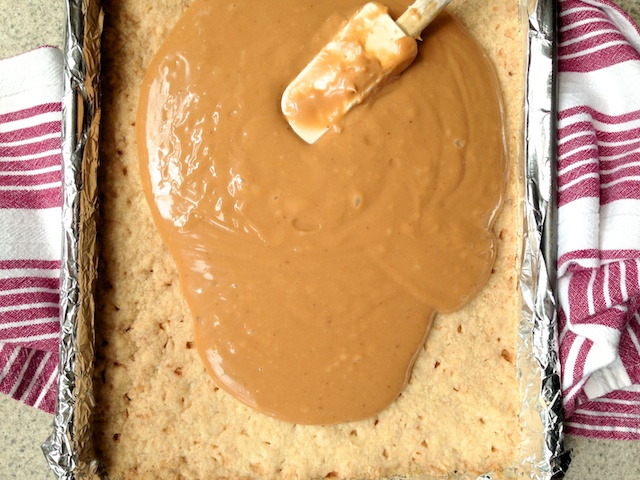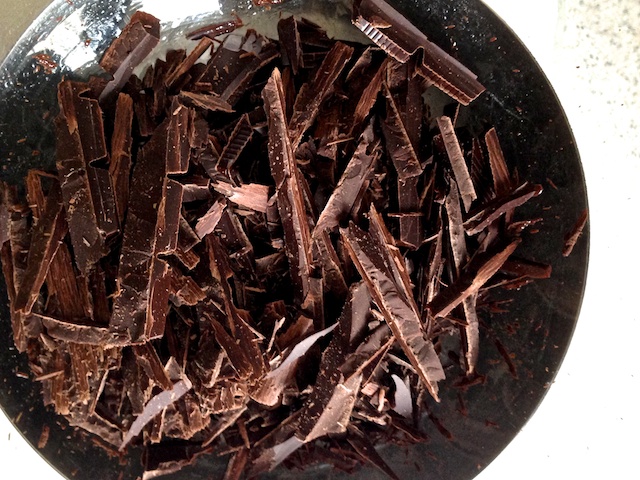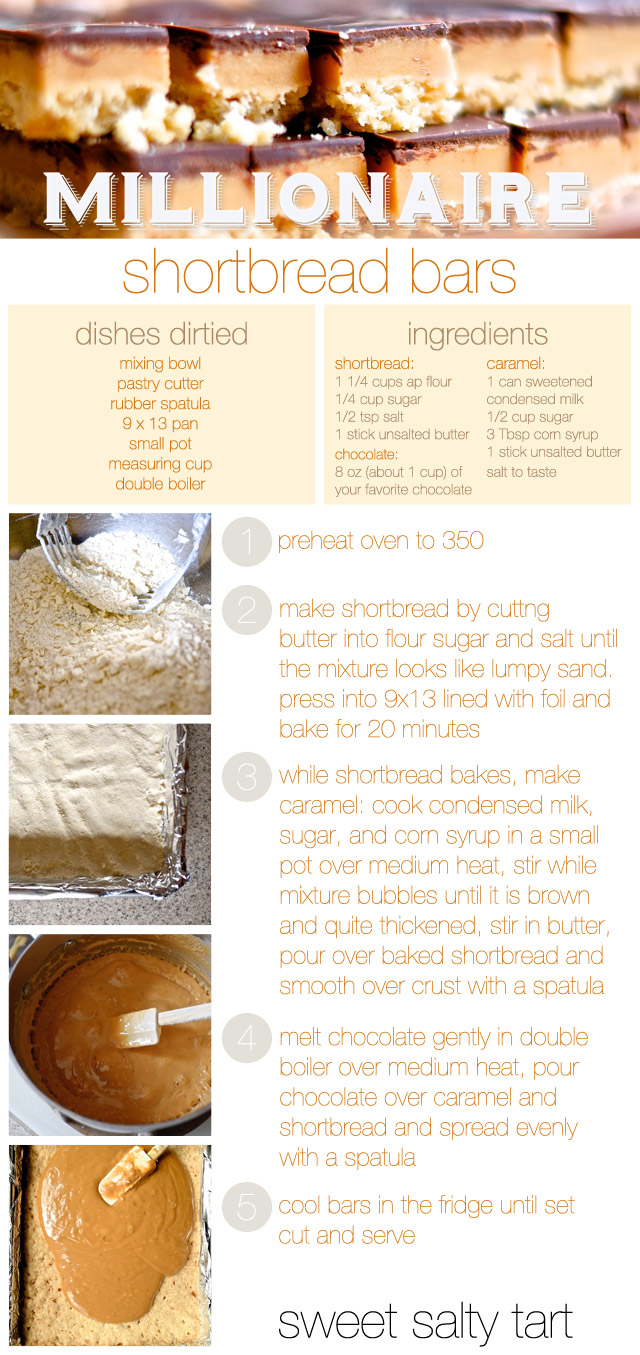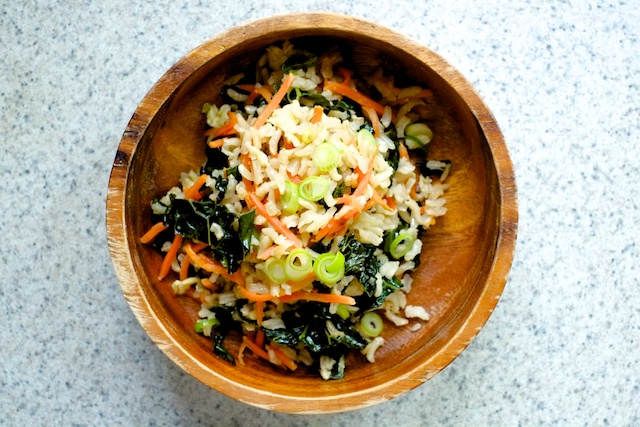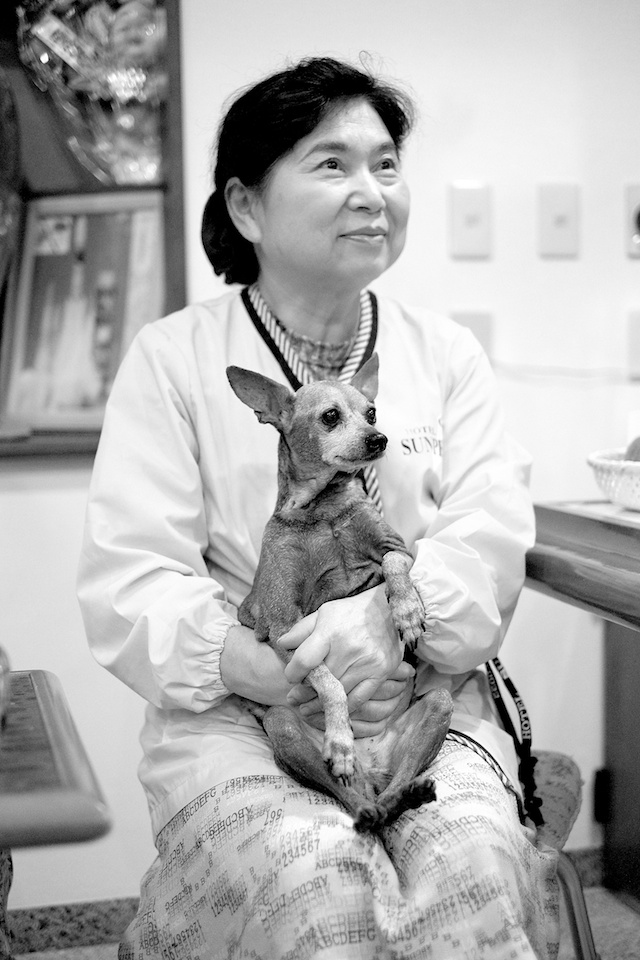It’s finally kind of hot outside. Eighty-four degrees in my neck of the woods, and as long as the humidity stays in check, I’m pretty pleased with it. This time of year is one of my favorites because you can make use of the grill or, if you’d rather, you can cook inside and not have to deal with an uncomfortable house for the rest of the day. Indulgent food doesn’t make you feel like you need a shower after. It’s manageable. It’s burger season.
There’s also a day, right around the corner, that for me and my friends means a very specific type of burger. On May 17th we eat Virg burgers. WTF is a Virg burger? It all started in high school, when my two best friends and I got on a seriously weird World War II movie kick. Something about the combination of 40’s culture, cute actors in military uniforms, and heightened drama. We watched a lot of movies, but our favorite was Memphis Belle, about the final mission of the famous B-17 bomber. It featured vintage (1990) Sean Astin, Harry Connick Jr, Billy Zane, Matthew Modine and a whole lot of bro-bonding and banter.
One particularly charming character named Virgil (who is given the unfortunate nickname of Virg (pronounced like verge) by his crew because he also happens to be a virgin) has hopes of opening a burger restaurant after the war. He waxes poetic about his burgers, even going as far as to describe his recipe to a girl who’s trying to chat him up. It’s pretty cute. And I like any excuse to eat a burger. So in honor of Memphis Belle day 2014 (which also happens to be my twin sisters’ birthday – hey my little dweezils) I give you, the Virg burger:
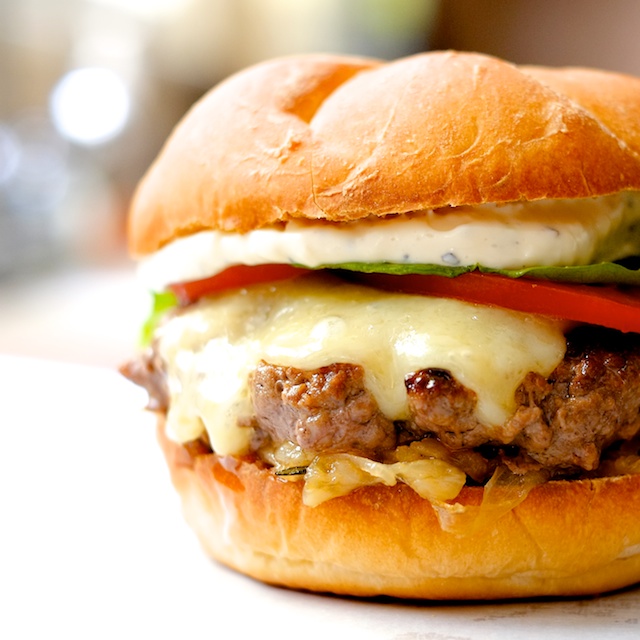
Virg’s “recipe” only mentions three things, which he works into the patty: worcestershire, garlic, and thyme. I personally can’t bring myself to put garlic and thyme in a burger patty without feeling like I’m making meatballs. This is a burger, and this is America. So I’ll add worcestershire to the meat (beef and worcestershire just go) and put the thyme in some caramelized onions and the garlic in the mayo.
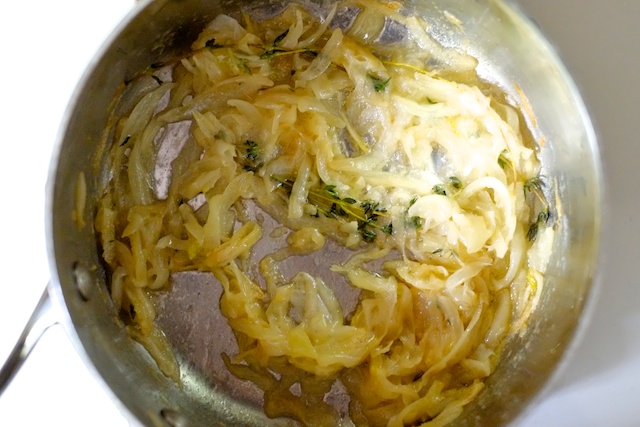
Slowly cook a thinly sliced onion in a tablespoon of butter, and add thyme and salt to taste. This will take a while over low heat, but it’s worth the wait. They get really sweet and melty. I like to add a tiny splash of white or red wine vinegar at the end to brighten up the flavor, but it’s not mandatory.

For the burger patties I used 80/20 beef which is my absolute favorite because it’s just deliciously fatty and forgiving of overcooking. If you want to go leaner, first of all, why? This is a cheeseburger. Second, if you insist on going leaner you should really aim for medium or medium rare doneness or the patty will be dry and nasty. Add worcestershire sauce and salt to the meat and form the burgers into a shape a little wider than the bun you are using, because they will shrink in the pan. I always cook up a tiny tester bite to check for seasoning, and once I’m happy I’ll put the whole patties in. Cook them in a dry pan over medium-high heat until they are browned on one side, then flip them once and add cheese to the cooked side. Cook them do the doneness level you like.
I used havarti cheese for this because, if I’m honest, I love the richness of American cheese, but I wanted something a little more upscale without losing the creaminess. Havarti is perfect.
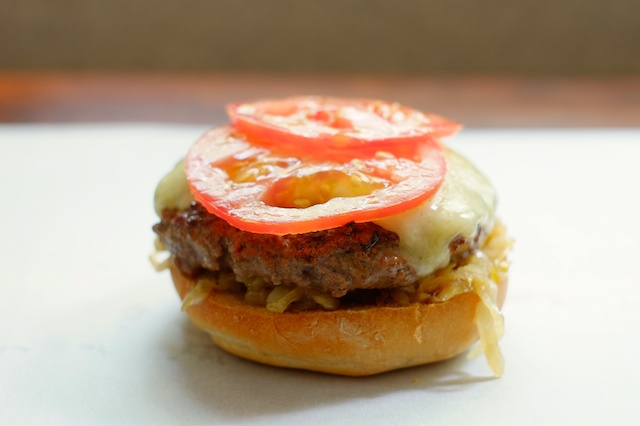
You make garlic mayo by stirring raw garlic into some mayo. I used this on my grilled cheese a couple of weeks ago, and I used it with my fried crispy potatoes as dip. So I’m an addict I guess. Assemblage goes like this: toasted bun bottom, caramelized thyme onions, patty with melted cheese, tomato, lettuce, garlic mayo, top bun. The end.
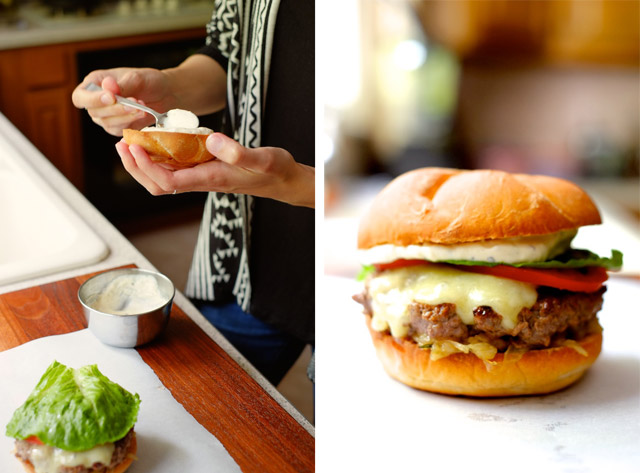
This burger is all about sweet slow-cooked caramelized onions with the pungent garlic mayo and the richness of the beef and cheese. Tomato and lettuce are mostly for texture and freshness. Really, Virg was on to something with this flavor combo. Happy Memphis Belle Day!
Cheeseburgers with Thyme Caramelized Onions and Garlic Mayo (aka Virg Burgers)
Ingredients:
80/20 ground beef – 1/4 to 1/3 pound per person
worcestershire sauce – 1 or 2 teaspoons per pound of beef
mayo – enough for 2 tablespoons per burger
garlic, grated (for mayo, to taste – I do about one clove per 1/2 cup of mayo)
thinly sliced onion – 1/2 an onion per person (they cook down a lot)
thyme – a few sprigs
butter – for cooking onions, 2-3 tablespoons
havarti cheese – enough to cover each patty
lettuce and tomato for topping the burgers
burger buns
salt and pepper
Method:
1. Cook your onions in the butter, in a saucepan over low heat. Throw your thyme sprigs in whole and let them cook with the onions until they are soft and golden. It may take an hour or so. Season to taste with salt and a splash of vinegar (if you want).
2. Make your mayo – add a grated (or very finely minced) clove of garlic to your favorite mayo, and season to taste with salt and lots of pepper. If you’re worried about the garlic being too strong, use half a clove.
3. Prep your beef by breaking it up with your hands in a bowl, add worcestershire and about 1/2 teaspoon of salt per pound of beef. Form the beef into patties and set them aside, leaving a tiny piece out to cook and taste later.
4. Prep your lettuce, tomato, burger buns, and cheese. Set them aside
5. Heat your pan or grill over medium-high to high heat. Fry up your tester bite of burger, adjust seasoning if necessary. Get your burgers in the pan and let them cook until half-done on the first side. Flip them once, and add your cheese to the other side. Cook to desired doneness.
6. Assemble burgers – bun on the bottom, followed by onions, patty with melted cheese, tomato, lettuce, garlic mayo, and finally the top bun. Remember: if you don’t do it in that order I won’t know or care.
